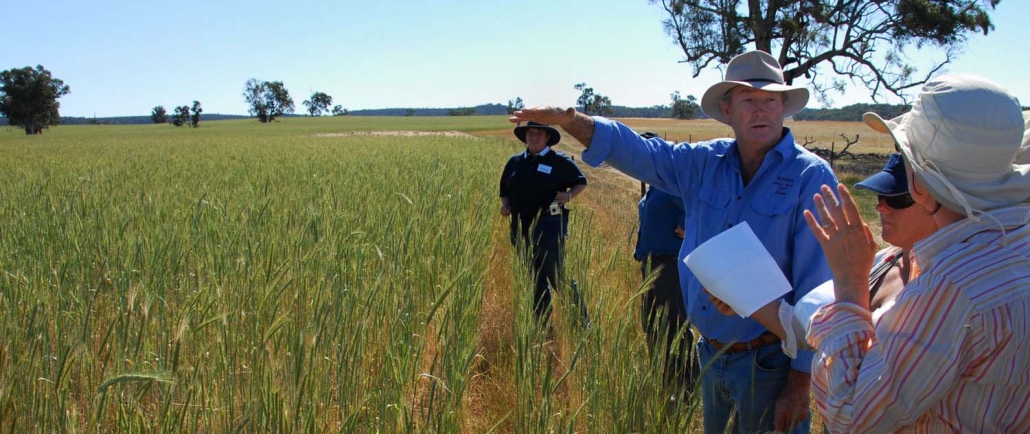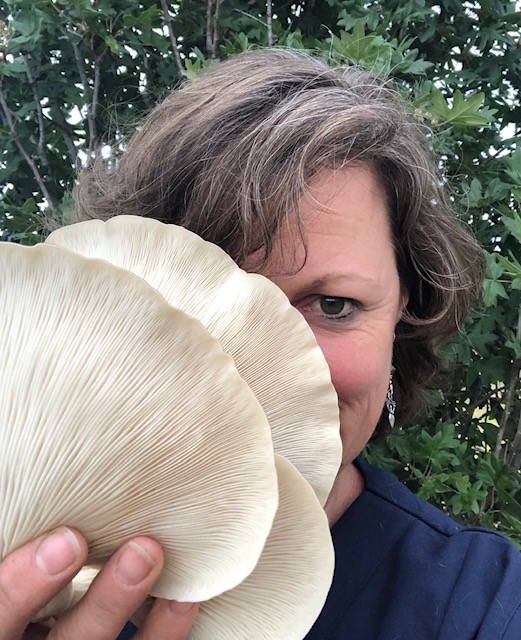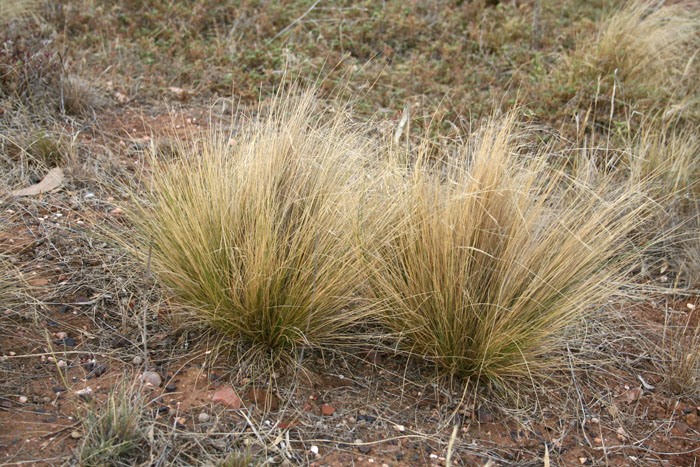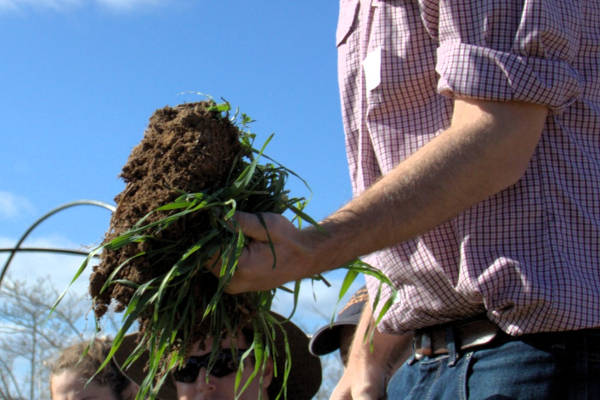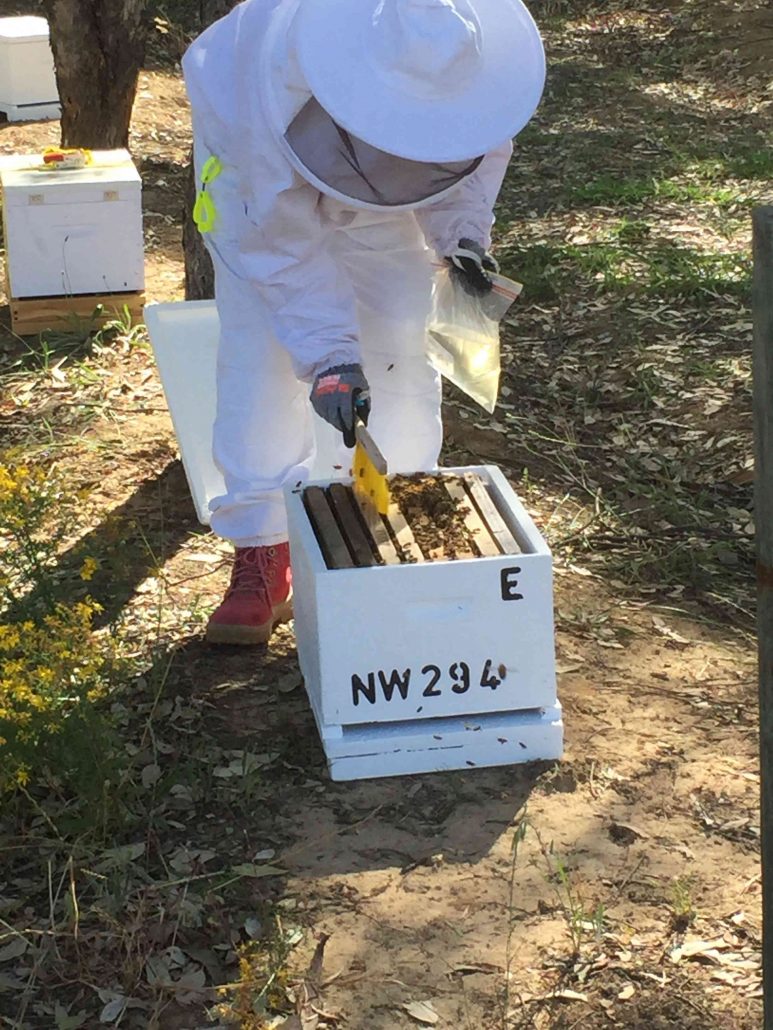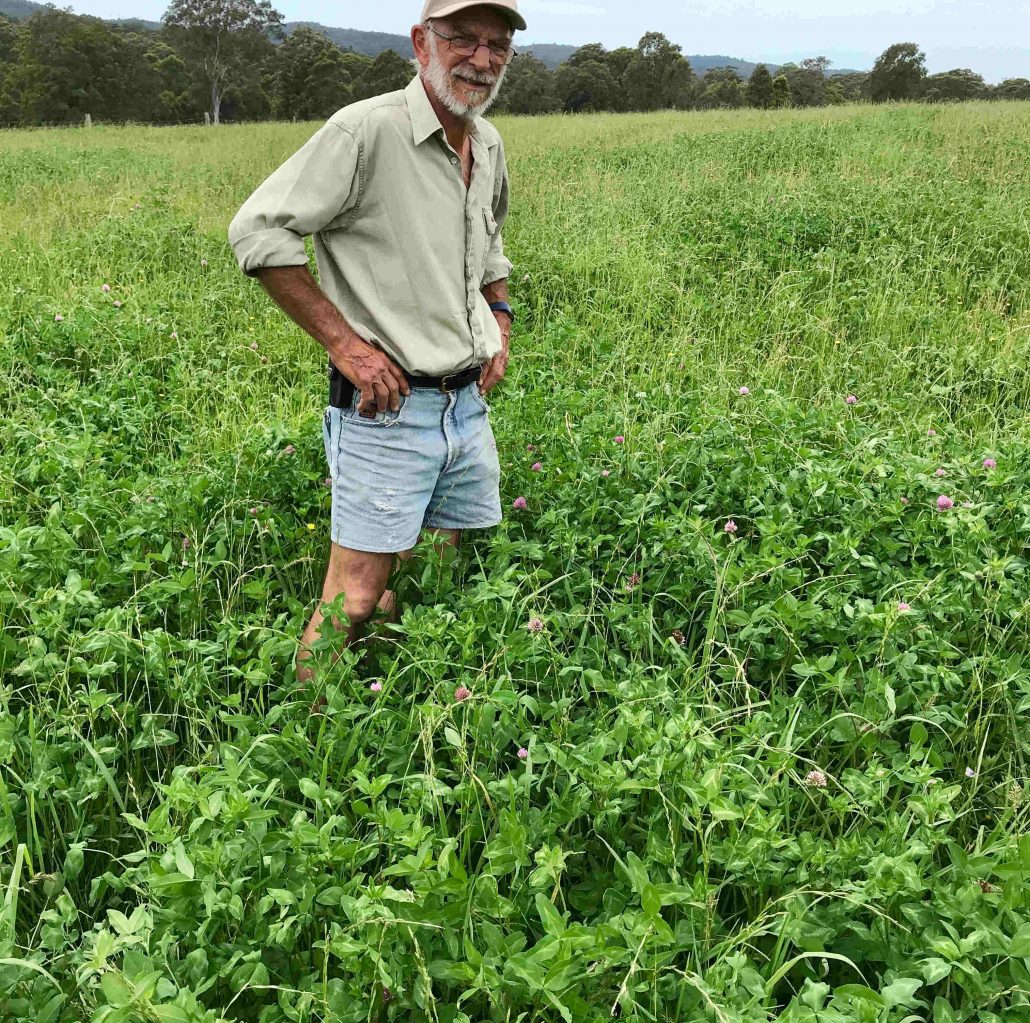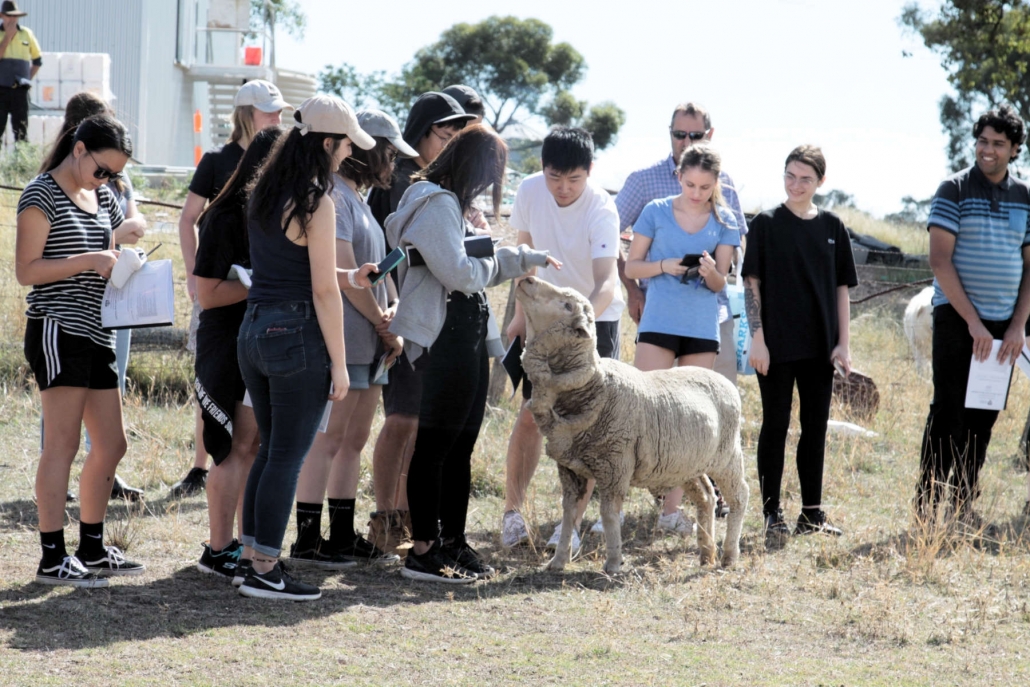Local plants, honey at the Field Days
The Mudgee Small Farm Field Days are on this Friday and Saturday at the Australian Rural Education Centre (AREC) Ulan Rd, Mudgee.
The Field Days aim to promote innovation and information on farming, particularly for small acreages, with demonstrations, workshops, livestock exhibits and thousands of products on display. This is a unique opportunity to talk face-to-face with a multitude of exhibitors, all in the one place.
Watershed Landcare has a great 2 days of lectures lined up in the Straw Bale Lecture Room (L8). Our speakers will cover a diverse range of topics including regenerative agriculture, soil health, Permaculture design, native pollinators and fascinating fungi. Visit our website for the full lecture program: www.watershedlandcare.com.au/events.
We will also have plenty of information and displays at the Waterwise Garden demonstration site (L9). Drop by and warm up by the fire, chat with other Watershed Landcare members, find out what we do, how to get involved in our projects and become a member.
Come along and see our display of hardy, drought tolerant plants for the Mudgee district or join us for an active workshop building bee motels and learn about our native pollinators and how to provide habitat for them in your backyard.
The Mudgee Bee Group will also have a display. Learn about keeping your own bees, what’s involved and different hive types. Members will be on-hand to answer your questions and share their experiences and will have honey and bees wax wraps for sale.
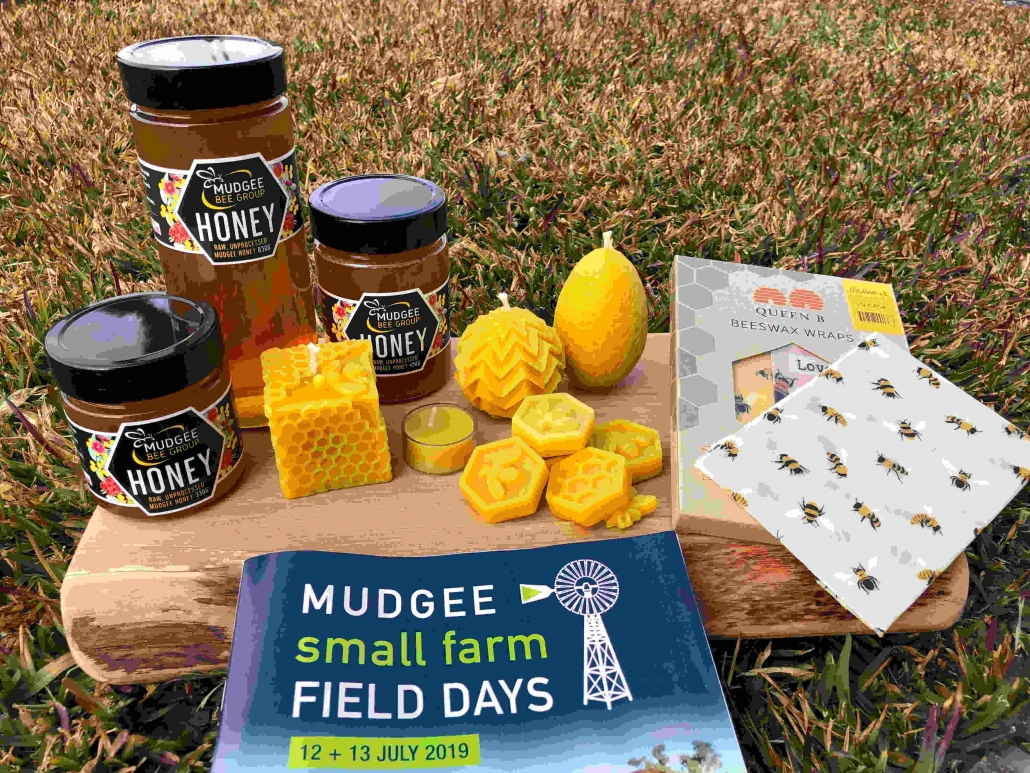
You can bring along any mystery plants you have growing in your paddock or bushland for identification. If you would like to have something identified, bring along a specimen to the Watershed Landcare botanist/grazier Christine McRae. If possible, bring a sample which has leaves, roots, stems, flowers, and seeds.
We will also have a selection of locally grown, native tube stock for sale, including: Kangaroo grass, Slender bamboo grass, White Box, Yellow box, Spotted Gum, Kurrajong, River She-oak, several ornamental grevilleas and lots more. Whether you are planning a large scale tree planting project or are just looking for a few specimens for the farm or garden, you’re sure to find something to meet your needs. Not sure what to plant where? Our friendly experts will be on hand to help you select the right plant for your location.
These events are supported by Watershed Landcare and are a part of the NSW Government’s Local Landcare Coordinators Initiative, supported through the partnership of Local Land Services and Landcare NSW.

